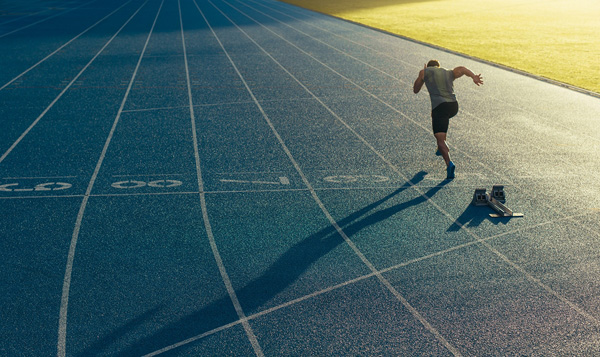
Note: This article was written and published before major improvements were made in late 2018 to Metuf – the name given to the collection of mental skills that we use with our sporting and non-sporting clients. Due to this, the article below mentions ‘pillars’. In the latest version of Metuf, the pillars have been replaced by an analogy of an aeroplane. For more information about Metuf please visit The Metuf Online homepage.
The “Off Season” is an odd sporting term implying almost that athletes and coaches from around the globe only have two gears – “On” during pre season and the competitive months were they give everything and then “Off” for the rest of the year whereby they go and hibernate like bears in the winter time.
This Black and White / Either Or / Binary way of conceptualising the sporting year is counterproductive – certainly from a mental standpoint. Almost without a doubt the origin of the term Off Season comes from a bygone era when training was regarded as almost entirely physical (strength and conditioning plus motor skills) and therefore there was probably some logic – particularly in physically demanding sports – to a few months of allowing the body to recover before “going again”.
However, this whole idea falls apart pretty quickly when you look at high performance preparation through the lens of 21st century sports science whereby more than half of the areas of improvement require little or no physical movement whatsoever.
As anyone who has completed our online Mental Toughness program – Metuf – will know and current and former monthly clients of ours will know even better we like to “Simplify” and “Complete” preparation into the following five pillars Physical Capability (PC), Mental Toughness (MT), Tactical Wisdom (TW), Technical Consistency (TC) and LifeStyle Choices (LC).
If we assume these 5 pillars are of equal importance then really only Physical Capability (PC) requires more body than
In terms of time frames at Condor
One of the biggest clues is how you feel mentally and physically at the end of the competitive season. If you are desperate for the break then there is a good chance you’ve been overextending yourself and would benefit from exploring one of the best kept performance secrets out there – you don’t get to the top by doing more you get there by being smarter.
